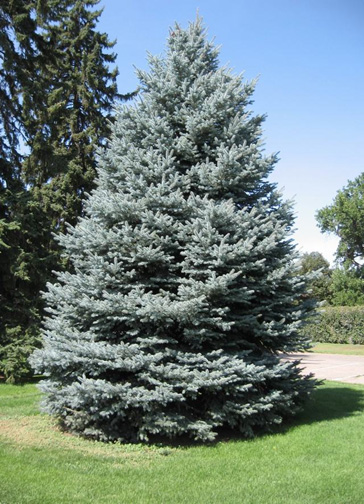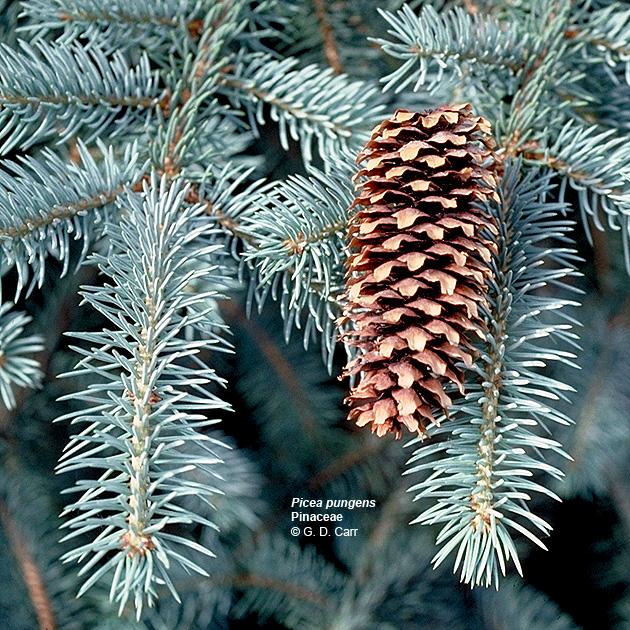- Needles turn purple in sections
- Die back in areas (especially crown)
- Needles with brown spotting in middle of needle
New to the blue spruce in our region is pine dieback. There is much more information about this disease on the following link. PINE DIEBACK
Evergreen family
Common Name: Arborvitae
Scientific name: Thuja occidentalis
Leaves:Scaly leaves
Bark: Red brown furrowed, and peels in narrow longitudinal strips
Height: 33-66" max
Spread: 15-20'
General info: They also go by the name white cedar but are known to most as arborvitae. Most grow naturally in eastern Canada and northeastern United States. Common acid loving tree that is often used like a bush. Most tend to be planted far to close to houses not knowing how big they can get.
Common Name: Balsam fir
Scientific name: Abies balsamea
Leaves: Flat needles .5-1" long
Bark: Smooth gray with resin blisters
Height: 46-66' tall at max
Spread: 25-35'
General info: These are often used as Christmas trees. The sap was traditionally used as a cold remedy. Other uses included glue for many specialized tools. These trees love acid soils and make for great nesting areas for many animals.
Pests and diseases: Needle cast diseases, spruce gall adelgid, bark beetles, root rot and many other problems occur in balsam fir trees.
Common Name: Black spruce
Scientific name: Picea mariana
Leaves: 6-15 mm long, stiff, four sided needles, dark blue green on top, paler green below
Bark: Thin, scaly and grayish brown
Height: 15-45' max
Spread: 10-30'
General info: Slow growing pine tree with drooping branches and upturned tips. Grows naturally mostly in Canada and northern states of US. Due to the smaller size of these trees they are not often used in woodworking.
Pests and diseases: Needlecast, needle blight, needle rust, canker, and root rot fungi are common in black spruce
Common Name: Jack pine
Scientific name: Pinus banksiana
Leaves: Needles, groups of two, twisted, slightly yellow green, 2-4 cm long
Bark: Gray tone with scales
Height: 30-72' max.
Spread: 15-35'
General info: Generally suited best for sandy or rocky soil. This tree is adapted to regenerate after fires burn a stand of jack pines. Most interesting characteristic is a curved tip of the cone.
Pests and diseases: Blister rust, cankers and sawfly are all common problems of jack pines.
Common Name: Juniper, Eastern
Scientific name: Juniperus virginiana
Leaves: Long and tightly adpressed scales, 2-4 mm long, Arranged in opposite pairs
Bark: Reddish brown, fibrous, and peels off in narrow vertical strips.
Height: 16-66' max.
Spread: 7-20'
General info: Height on these trees varies a bunch due to soil conditions. Often planted as a wind block or a natural fence. Most distinctive trait is a blue berry in bunches. This wood does not rot so it is used in many outdoor wood applications like fence posts.
Common Name: White pine
Scientific name: Pinus strobus
Leaves: Bundles of 5 needles, flexible and finely serrated 2-5" long
Bark: Thick and grey-brown.
Height: 207' max.
Spread: 20-50'
General info: Long lived with most lasting to 250 years old. Prefers well drained soils with cool and high humidity. This tree played a major role in Americas expansion in the 19th century. These trees were used for lumber.
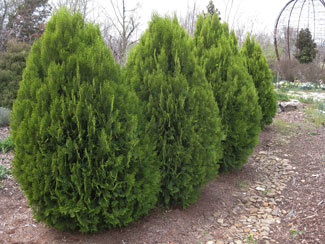
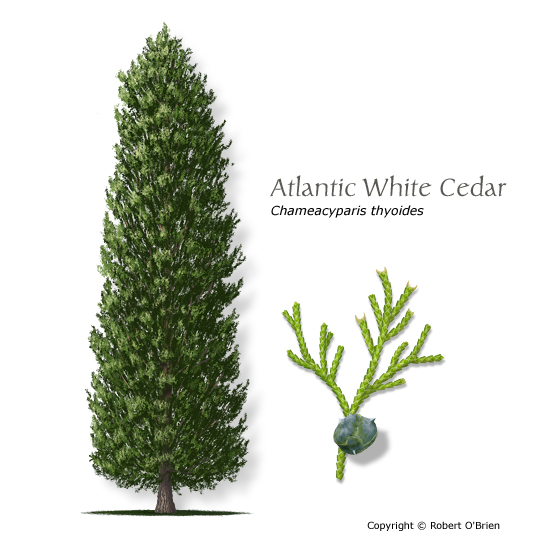
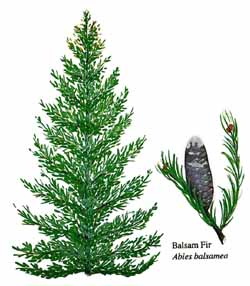
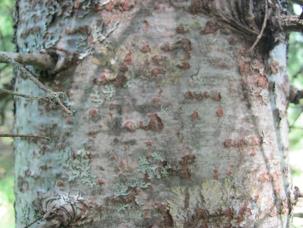
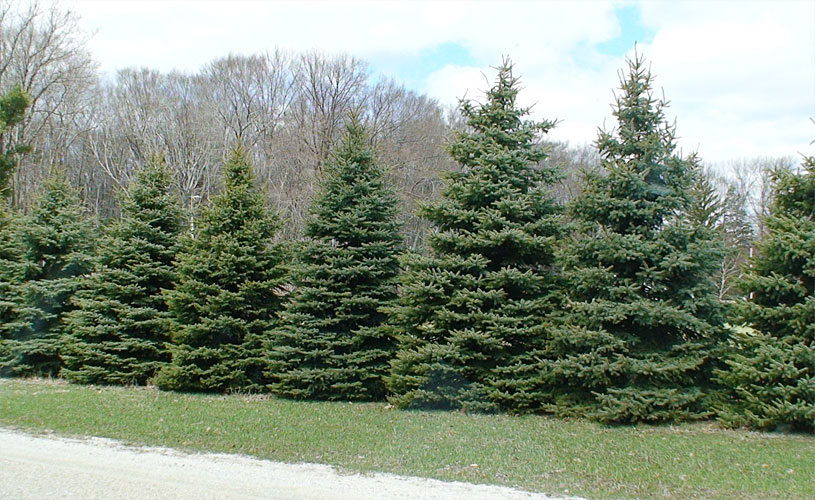
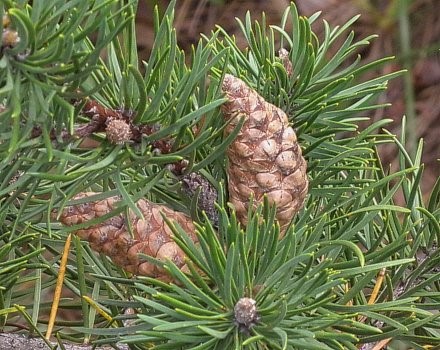
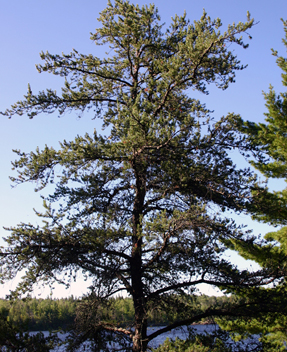
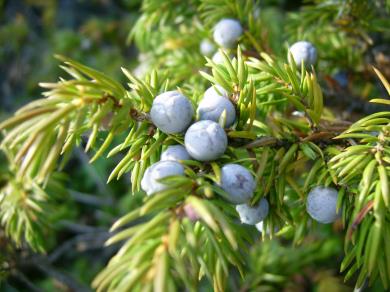
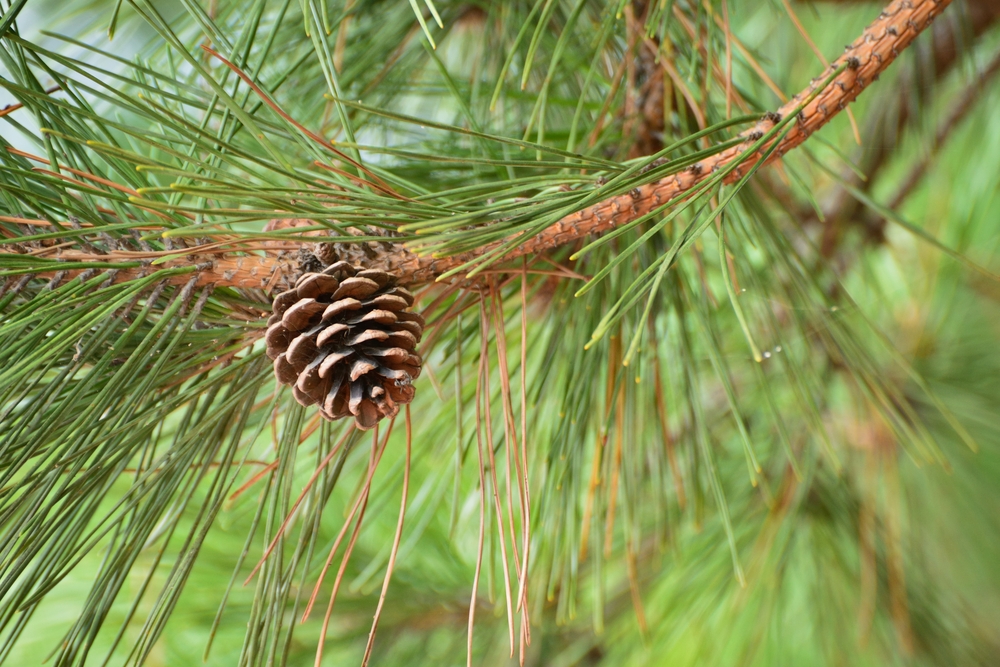
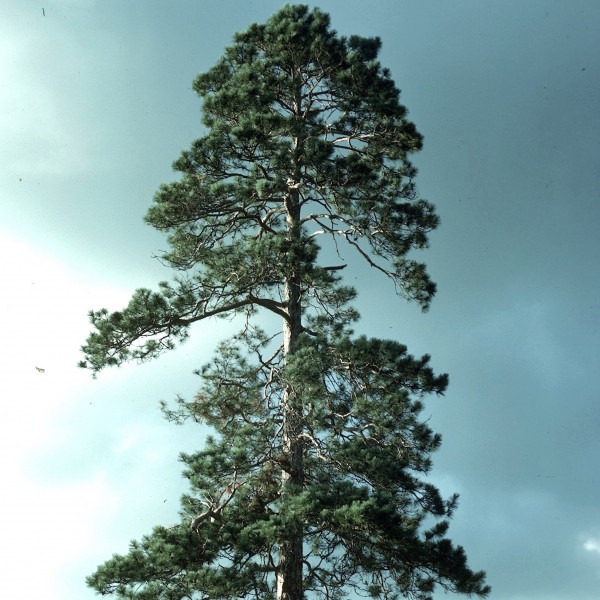
Common Name: Norway pine
Scientific name: Pinus resinosa
Leaves: Dark green needles, 4.7-7" long and brittle. Snap cleanly when bent.
Bark: Thick and grey-brown, thin flaky and bright orange red near top
Height: 66-115' max.
Spread: 25-40'
General info: Long lived tree with maximum age of 500 years old. Does well in well drained low pH soils. Tree is self pruning and have come close to extinction in the recent past.
Pests and diseases: Diplodia, needle blights, wholly aphids and many other issues are in Norway pines
Common Name: White spruce
Scientific name: Picea glauca
Leaves: Needles .5-.75" long. Blue green above, blue white below
Bark: Thin and scaly, flaking off in circular plates
Height: 49-98' max.
Spread: 25-40'
General info: Can live to be 300 years old. Root system is very adaptable to different conditions. Mostly shallow root system. Cones have winged seeds that are dropped to the ground. Grow mostly in Canada and bordering US states.

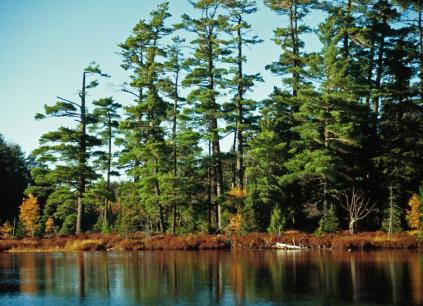
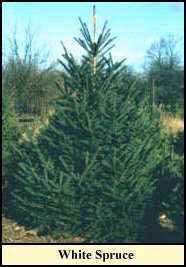
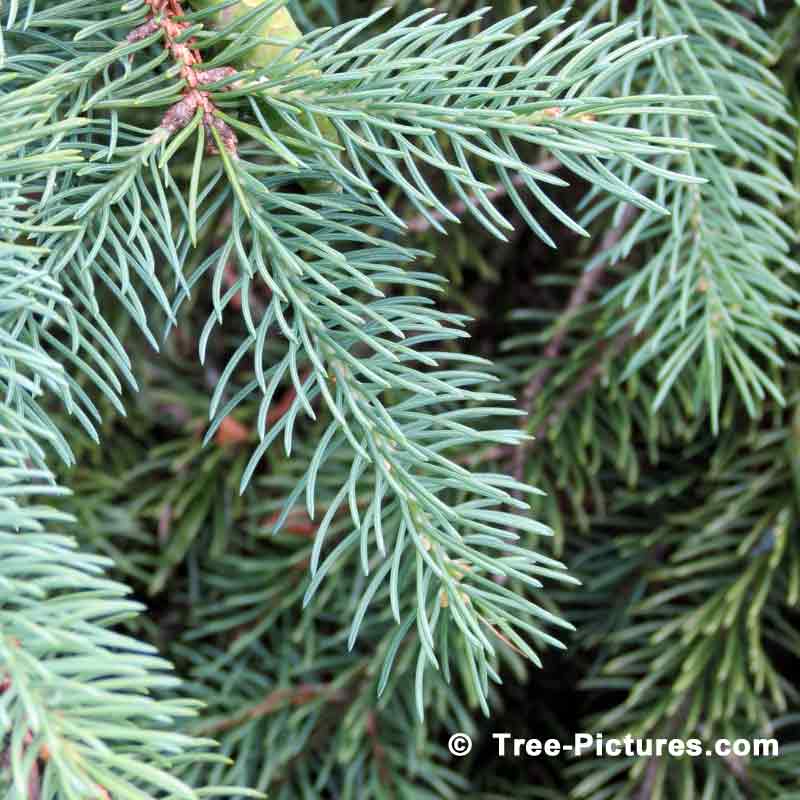
Common Name: Blue spruce
Scientific name: Picea pungens
Leaves: Waxy grey-green needles, radial formation
Bark: Scaly gray bark with yellow brown branches
Height: 49-75' max
Spread: 15-30'
General info: Slow growing pine tree with drooping branches and upturned tips. Grows naturally mostly in Canada and northern states of US. Due to the smaller size of these trees they are not often used in woodworking.
